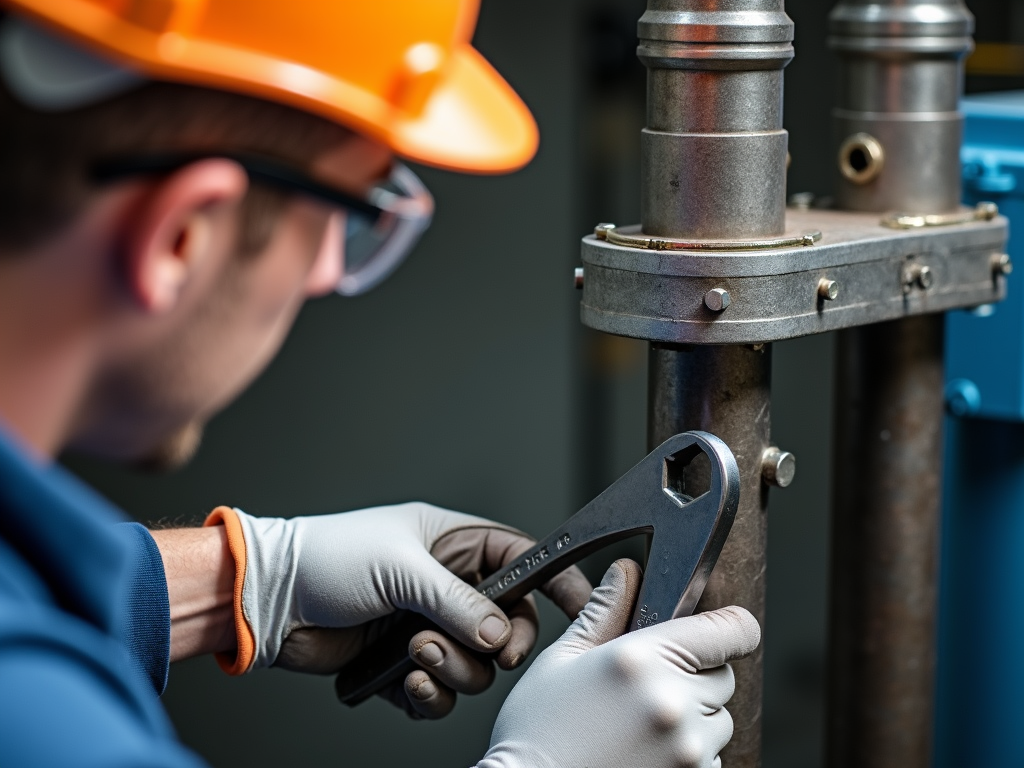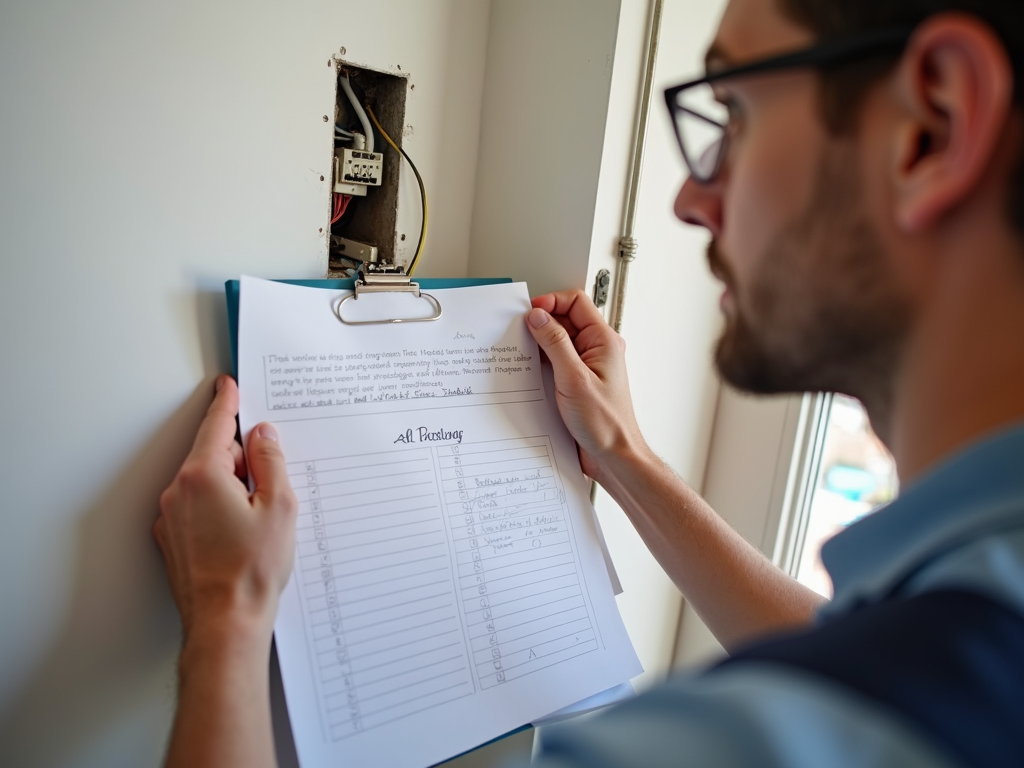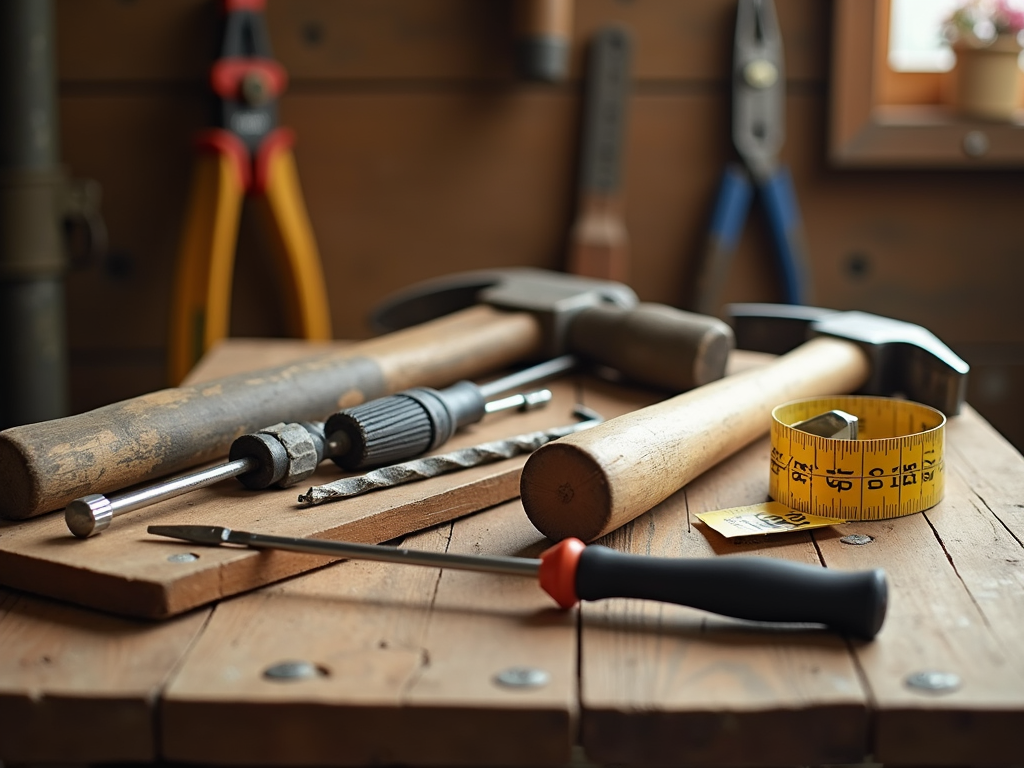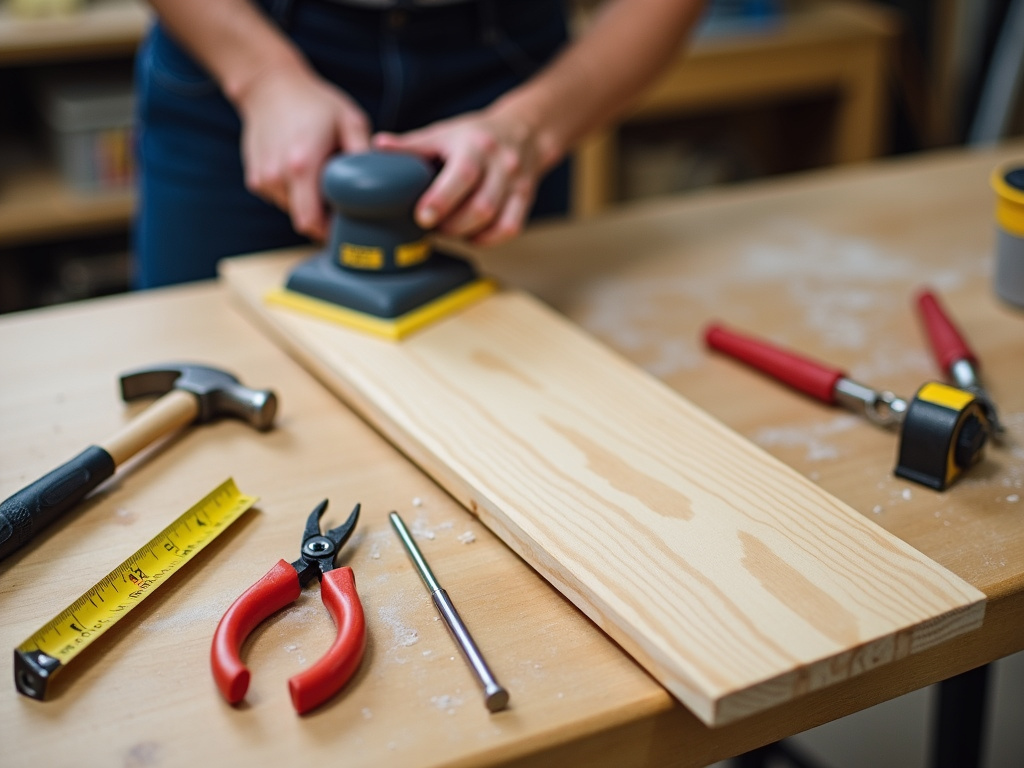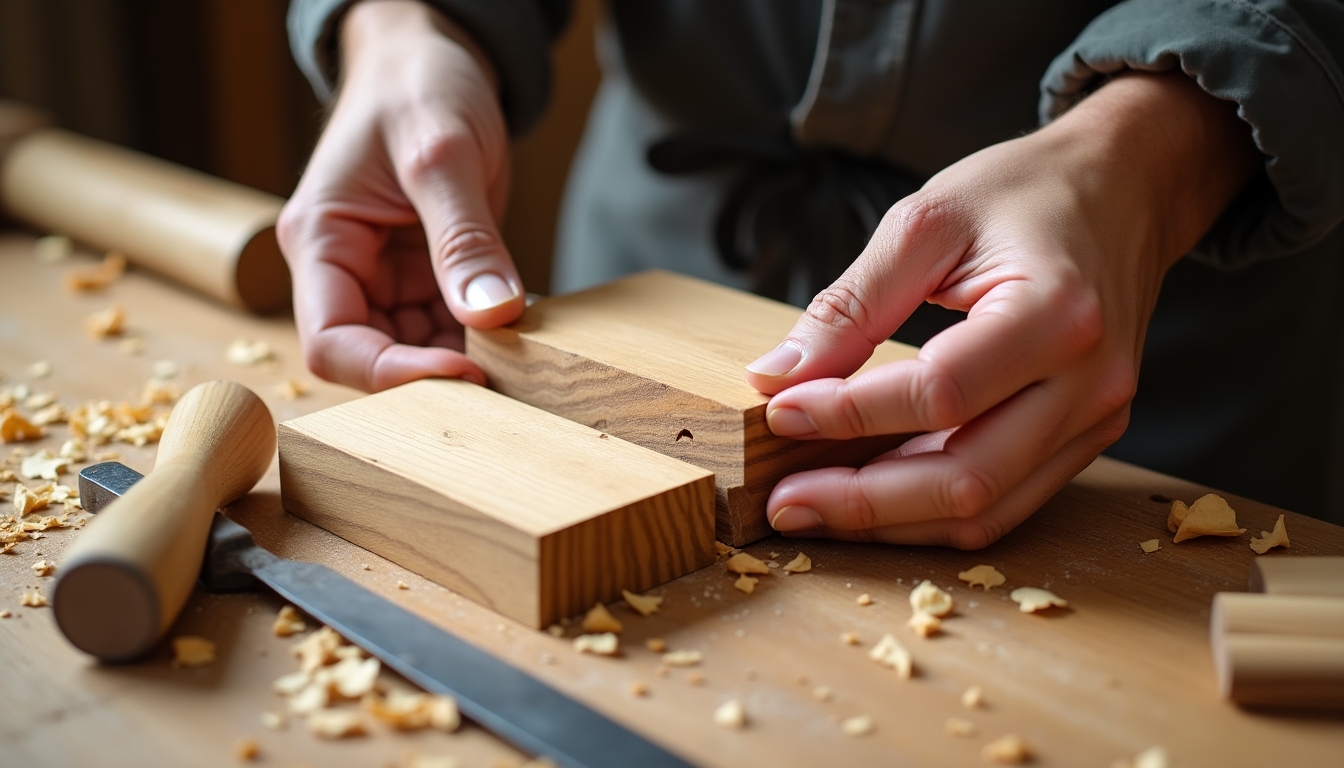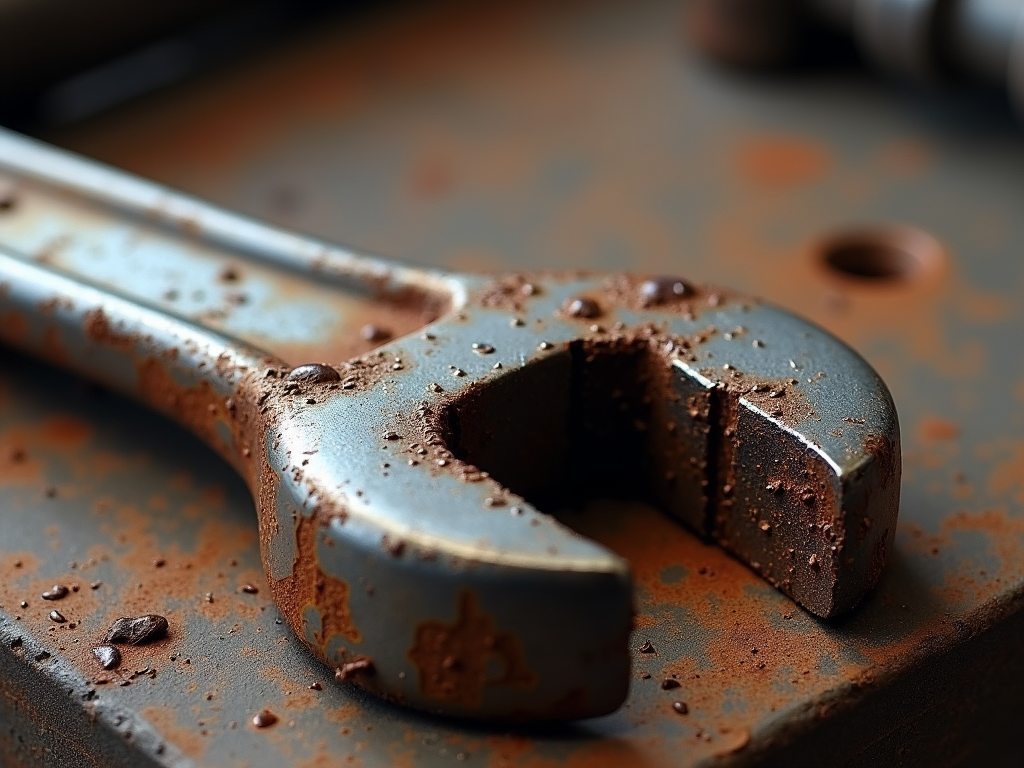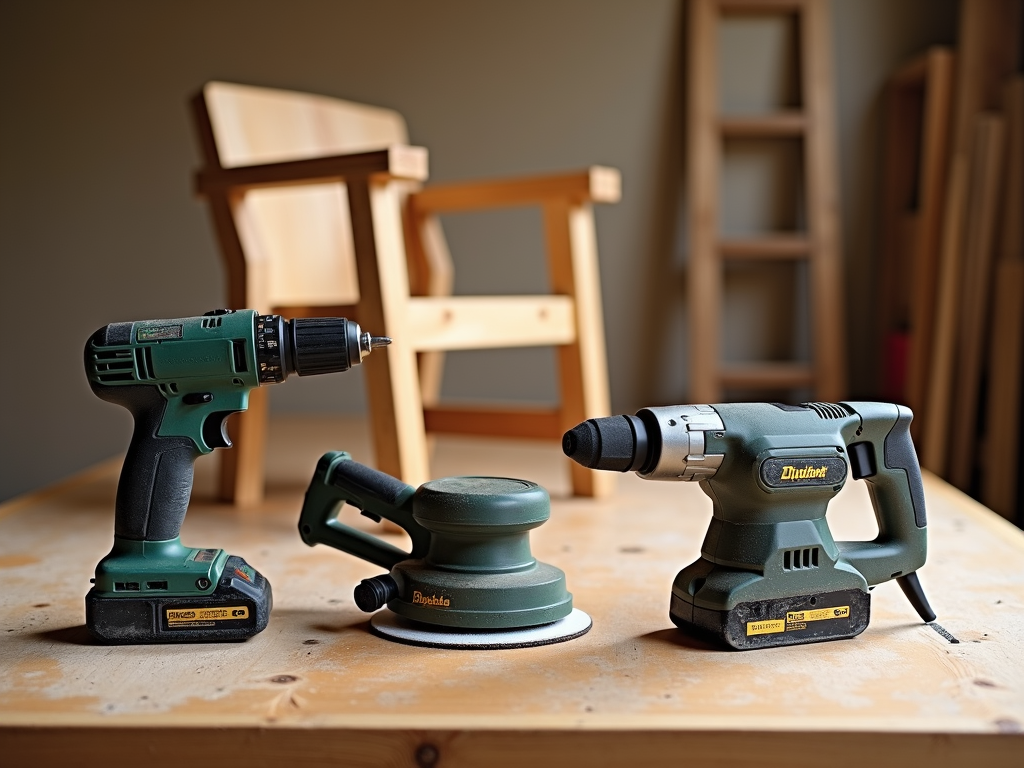Electrical installations require precision and the right tools. Drill bits are key to creating holes for wiring, mounting, and more. This guide helps you choose the best drill bits for the job, blending expert advice with real-world tips to simplify your work.
Why Drill Bits Are Essential for Electrical Work
Drill bits aren’t just tools—they’re the foundation of clean, accurate holes in electrical projects. Whether you’re running wires through a wall or mounting a switch box, the right bit saves time and prevents mistakes. I’ve learned this the hard way: using the wrong bit once cracked a drywall stud, costing me an extra hour of repairs. Picking the right one matters for safety and efficiency.
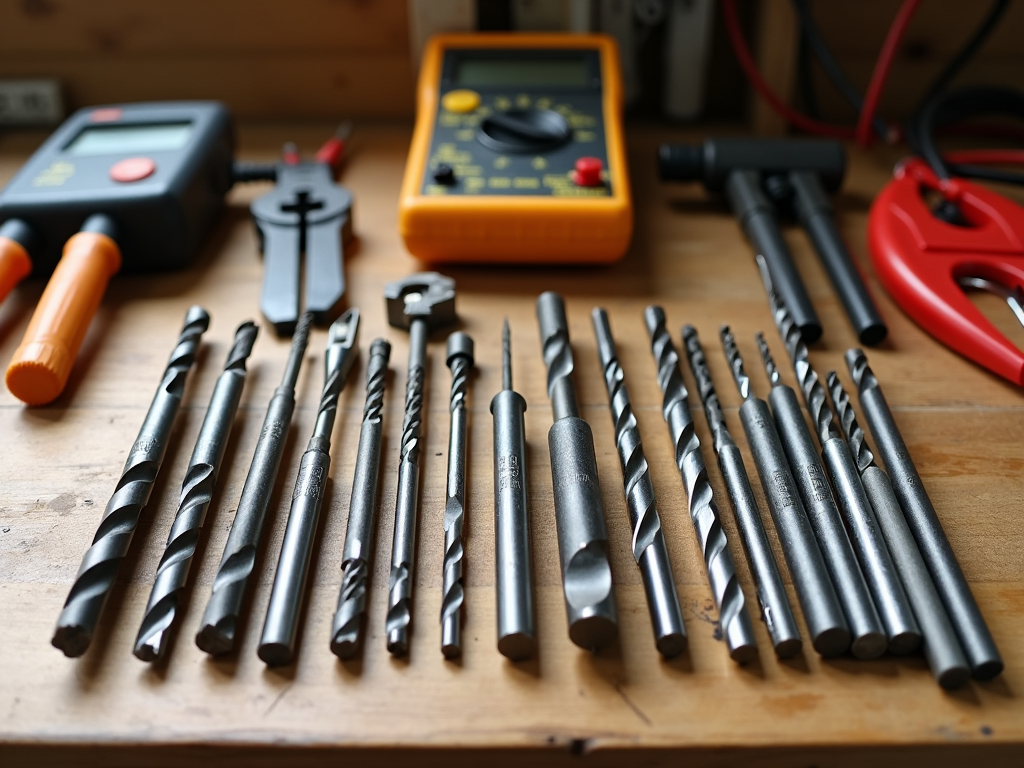
Types of Drill Bits for Electrical Installations
Different jobs call for different drill bits. Here’s a breakdown of the main types you’ll need:
- Twist Bits: These are your go-to for general tasks. They cut through wood, plastic, and light metal. I use them for drilling into junction boxes or wooden frames.
- Spade Bits: Perfect for bigger holes in wood, like when you’re threading wires through studs. They’re fast but can splinter edges, so go slow.
- Masonry Bits: Built for concrete or brick, these are a must for mounting outlets on basement walls. Pair them with a hammer drill for best results.
- Step Bits: These let you drill multiple hole sizes with one bit. They’re handy for fitting conduits or adjusting holes on the fly.
Each bit shines in specific scenarios. For example, I keep a masonry bit ready when working in older homes with brick interiors.
Drill Bit Materials: What They’re Made Of
The material of a drill bit decides how long it lasts and what it can handle. Here’s what you’ll find:
| Material | Best For | Pros | Cons |
|---|---|---|---|
| High-Speed Steel (HSS) | Wood, plastic, metal | Affordable, versatile | Wears out on hard surfaces |
| Cobalt | Hard metals | Heat-resistant, tough | Pricier than HSS |
| Carbide-Tipped | Masonry, concrete | Super durable | Expensive, brittle |
HSS bits are my everyday choice for small jobs. But when I drilled into steel conduit last summer, cobalt saved the day—it didn’t overheat like HSS would have. For concrete, carbide is worth the cost, especially for frequent use. Check out Purdue University’s material guide for deeper insights on tool durability.
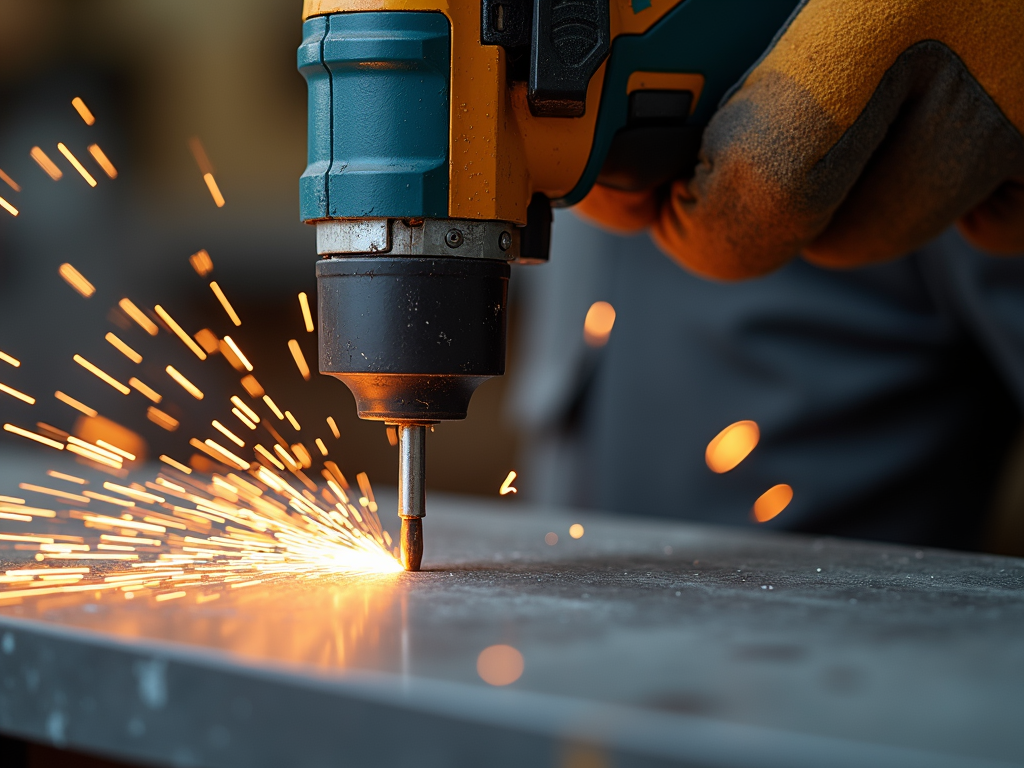
How to Choose the Right Drill Bit
Picking the right bit isn’t guesswork. Here’s what to consider:
- Material: Wood? Use twist or spade bits. Concrete? Grab a masonry bit.
- Hole Size: Match the bit to your wire or fastener size. A 1/4-inch bit works for most small conduits.
- Drill Type: Masonry bits need a hammer drill, while twist bits work with standard drills.
- Length: Thick walls need longer bits. I keep 6-inch bits for deep studs.
- Shank Fit: Make sure the bit’s shank fits your drill’s chuck—round or hex.
Once, I rushed a job with a short bit on a thick joist. It didn’t reach, and I had to redo it. Lesson learned: measure twice, drill once.
Safety Tips for Using Drill Bits
Drilling can be risky if you’re not careful. Here’s how to stay safe:
- Wear Gear: Safety glasses are non-negotiable—debris flies fast. Gloves and earplugs help too.
- Secure Materials: Clamp your workpiece. A loose board once spun and bruised my hand.
- Check for Wires: Use a wire detector before drilling. The U.S. Consumer Product Safety Commission warns that hidden wires cause thousands of shocks yearly.
- Control Speed: High speed for wood, low for metal. Too fast on metal burns the bit.
- Sharpen Bits: Dull bits slip. I sharpen mine every few months with a file.
Safety isn’t just rules—it’s peace of mind. A quick check can prevent big problems.
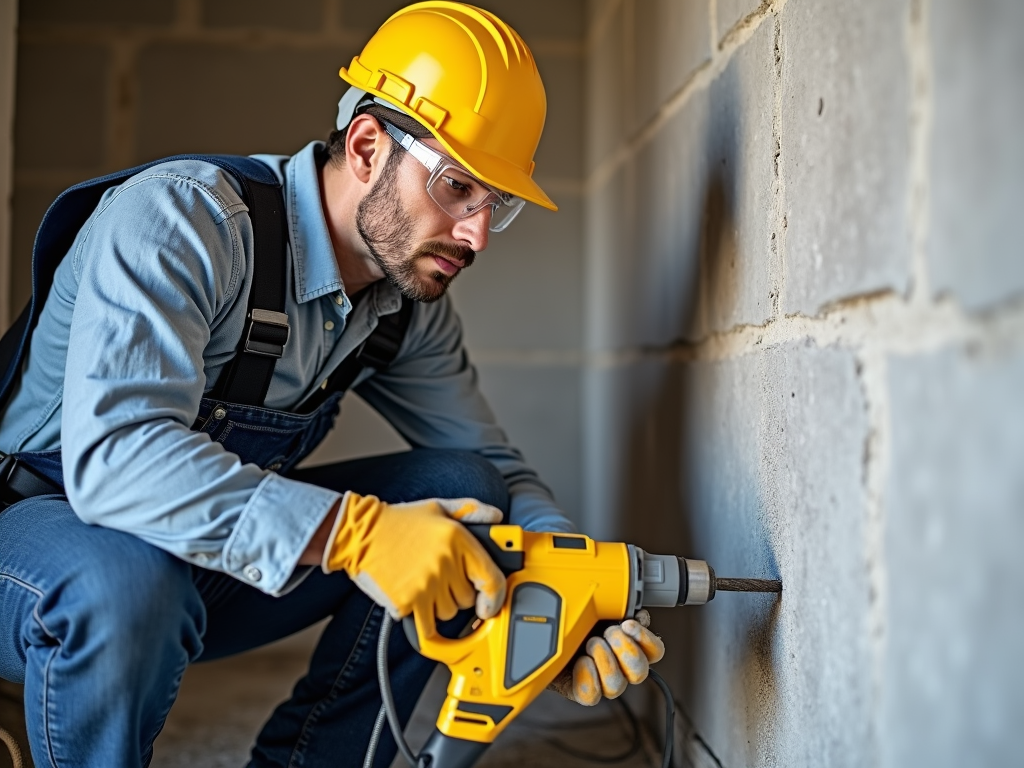
Matching Bits to Electrical Tools
Drill bits don’t work alone—they pair with your electrical tools for wiring and installations. A good drill, like a cordless model with variable speed, makes any bit more effective. I’ve found that workman tools, like a sturdy drill chuck, keep bits steady for cleaner cuts. For bigger jobs, combine bits with a rotary hammer—great for masonry tasks in electrical setups.
Common Mistakes to Avoid
Even pros mess up sometimes. Here’s what to watch out for:
- Wrong Bit for the Job: Using a wood bit on concrete ruins it fast.
- Overheating: Drilling too long without a break dulls bits. Let them cool.
- Skipping Prep: Not marking your spot leads to crooked holes.
I once overheated an HSS bit on metal—it smoked and lost its edge. Now, I pause every minute on tough materials.
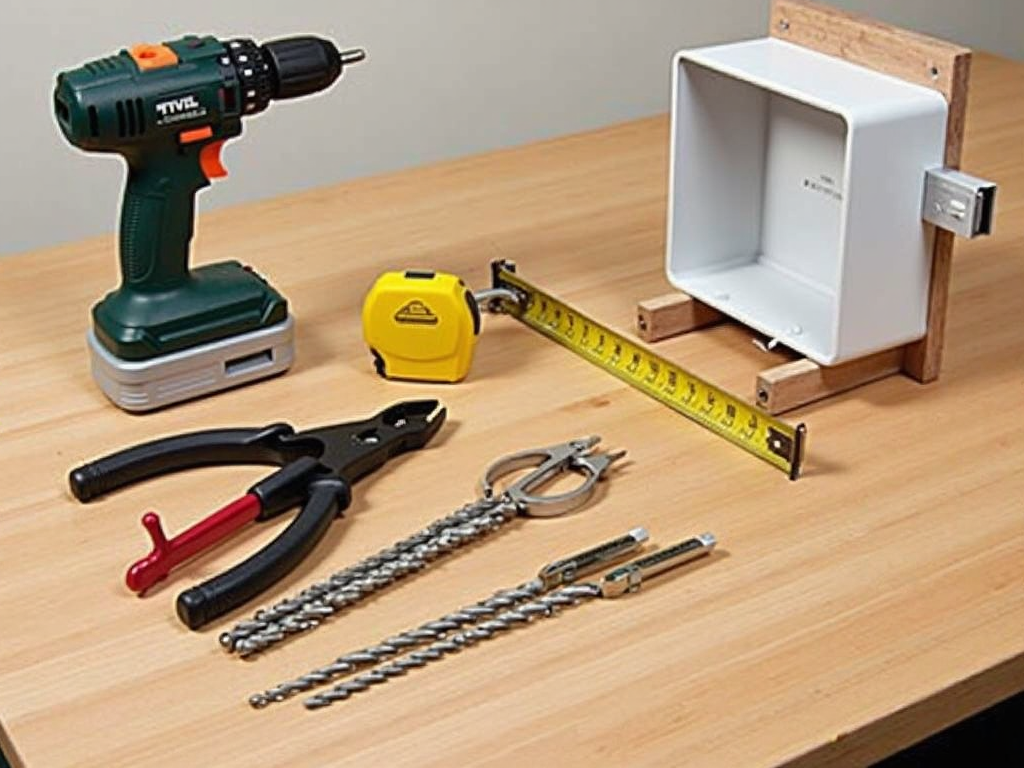
Expert Resources for Better Choices
Want to dig deeper? The National Institute of Standards and Technology (NIST) offers research on tool performance. Another gem is OSHA’s guide on power tools—it’s packed with safety data. These sources back up what I’ve shared with hard facts.
Summary
Choosing the right drill bits for electrical installations boils down to knowing your materials, picking the right type and size, and staying safe. From twist bits for wood to carbide for concrete, each has its place. Pair them with solid electrical tools, and you’ll work faster and smarter. Keep these tips in mind, and your next project will go smoothly.
Related Choosing the Right Drill Bits for Electrical Installations:
- Top Workman Tools for Electricians: Must-Haves for Every Job
- The Beginner's Guide to Essential Workman Tools
- Staying Safe with Hand Tools
- Understanding Multimeters: Features and Usage
- How to Choose the Right Electrical Tools for Your Project
- DIY Projects You Can Tackle with Basic Hand Tools
- Beginner’s Guide to Fixing Common Plumbing Issues
- Top 10 Must-Have Tools for DIY Beginners
- Advanced Woodworking Techniques for Enthusiasts
- How to Maintain and Store Wrenches: A Comprehensive Guide
- How to Choose the Right Power Tool for Your Project
- Understanding OSHA Safety Regulations for Construction Sites

